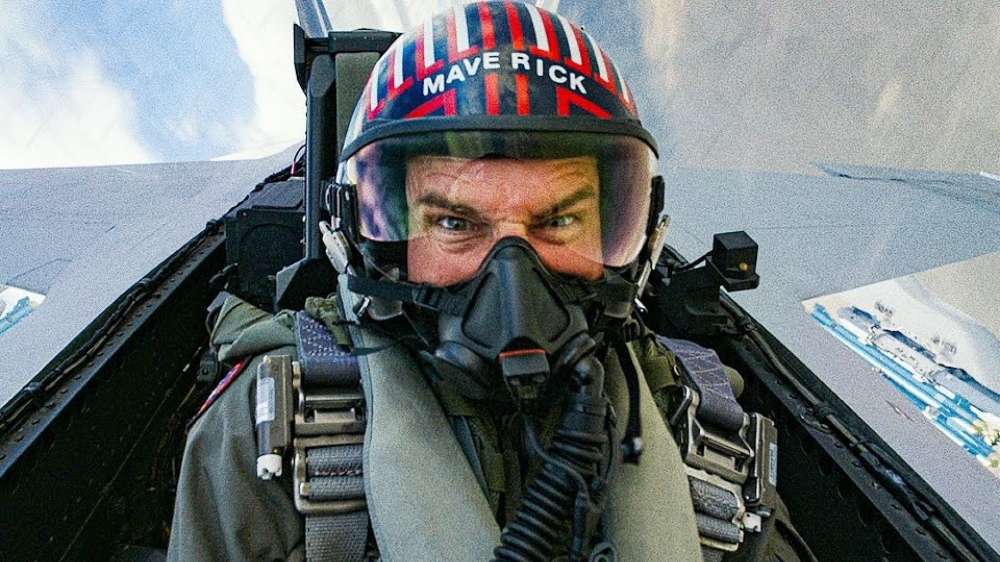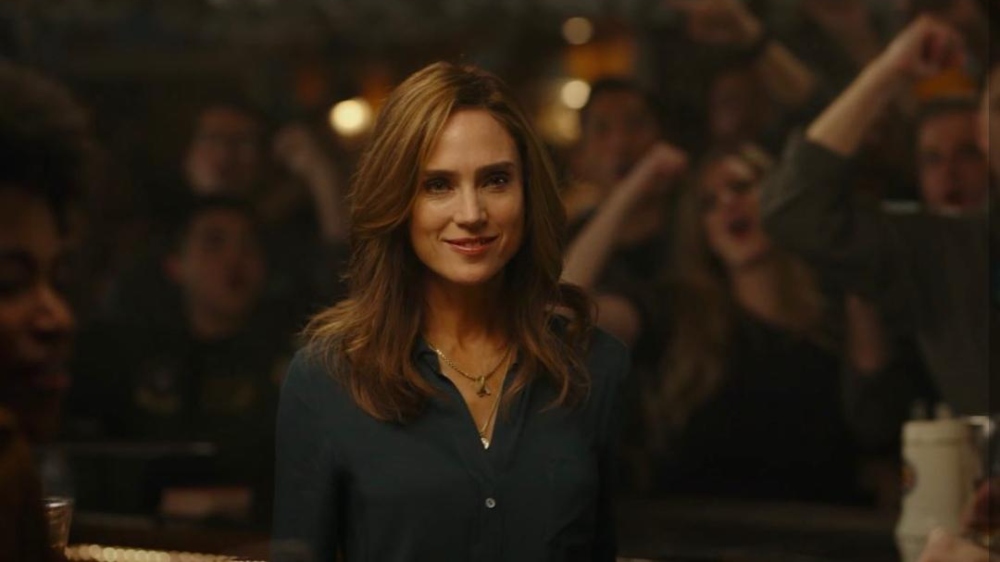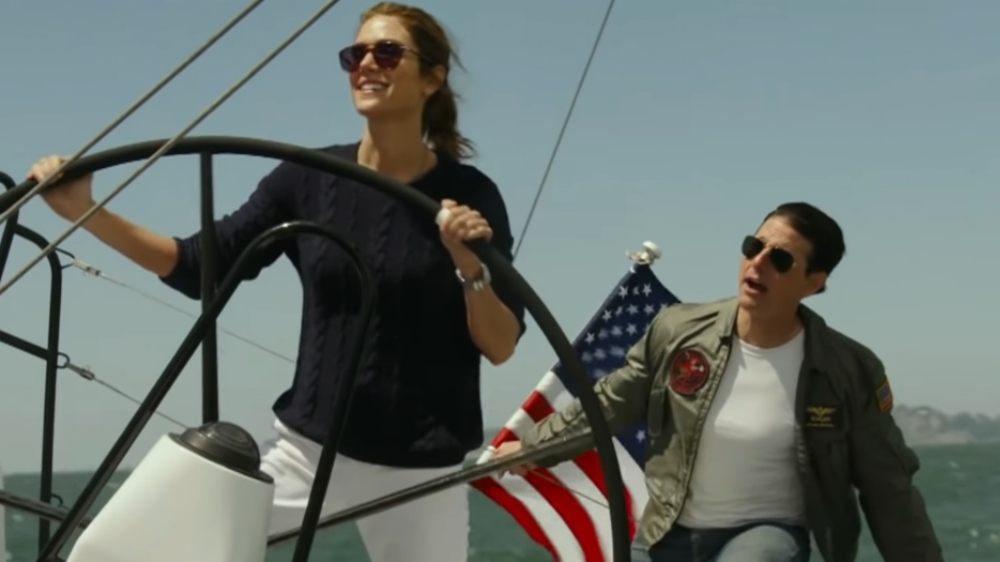Director Joseph Kosinski and Cinematographer Claudio Miranda teamed up to introduce Top Gun: Maverick to a rapturous audience at the 30th EnergaCamerimage International Film Festival over the weekend.
Viewers cheered the movie’s aerial battle sequences and continued applauding throughout the closing cast credits. Camerimage is famous for its enthusiastic fans, but even by festival standards, the response was overwhelming.
Kosinski and Miranda sat for a post-screening Q&A session, where the director revealed they are collaborating on three new projects. One, set in the world of Formula One racing, is being produced by Jerry Bruckheimer and racing legend Lewis Hamilton for Apple TV+.
Top Gun: Maverick is the fifth collaboration between Miranda and Kosinski; in fact, Miranda, who hails from Chile, is the only cinematographer Kosinski has worked with on his features, which include Tron: Legacy, Oblivion, Only the Brave, and Spiderhead.
“We both like to solve problems,” Miranda explained. “On every film, it seems like we find a new challenge to overcome. We both love the process of trying to create something and put something onscreen that we’ve never seen before.”

Asked about the problems he faced, Miranda mentioned having to fit six cameras into the jet cockpits. He practiced on a Czech L39 model before finding an older version of an F18. With the help of real-life Top Gun pilots, he removed enough unnecessary electronics to fit the system he wanted.
“They all saw the original Top Gun, so they were kind of behind my idea of ‘Let’s rip up this old F 18 so we can fit in cameras,'” Miranda said with a laugh. “I worked with Sony, who helped develop the Rialto system and also helped with the camera as well. So after being told for months on end that it was impossible to fit six cameras in a jet, we were able to do it.”
Kosinski addressed reports that the actors were essentially on their own in the cockpits.
“You’re always a bit worried when you put actors in fighter jets, but we did so much prep for those scenes that I wasn’t really nervous,” he said. “We would start every day with a two-hour brief. All the actors, the pilots, Claudio, our Editor Eddie Hamilton, we’d go through the work of the day. Every single line, every single storyboard.”
“After that two-hour brief, we’d go down to a wood version of the aircraft to rehearse. I would sit right next to the actor and the pilot and go over everything they had to do, from turning the cameras on to adjusting their visors. What their eyeline should be. Where Claudio wanted the sun to be. That would take another hour. Then we’d put them in the jets, set it all up and send them off. So they were very well prepared to go up there. It was like rehearsing a stage play.”
“When they’re flying by themselves, that may have been one of the most difficult things in the movie,” Miranda added. “You weren’t there, and you want to be there all the time. We initially tried to figure out ways to be up there with them, but it turned out to be really impractical. We found the best thing to do was just plan our day as thoroughly as we can. It was a new situation for both of us, sending people off and seeing what they got two hours later. At first, it was very nerve-wracking. But we were really prepared. Sometimes we got great surprises. Sometimes we had to send them back up again.”

Kosinski said that he found the initial scene between Maverick (Tom Cruise) and Penny (Jennifer Connelly) in her bar surprisingly difficult to shoot.
“You’re introducing almost the entire cast of characters, and, you’re doing it all in one space,” he said. “In terms of logistics, blocking, and editing, it was a huge challenge.”
The director said they ended up filming the scene twice because they weren’t satisfied with how the relationship between Maverick and Penny came across.
“In the script, they hadn’t seen each other for 36 years,” he explained. “What we quickly realized was getting them from that point to the end of the movie where they had to essentially be in love was a long way to go in the six or seven scenes that they had in this film.”

The filmmakers came up with a new version where Maverick and Penny had been together off-and-on over the years. With more of a history, they could fall back in love more easily.
After rebuilding the bar and shooting the new version, Kosinski realized he could reshape some other material as well, like the face-off between Rooster (Miles Teller) and Hangman (Glen Powell). In the new version, Rooster and Hangman meet in a way that mirrors a confrontation between Maverick and Iceman (Val Kilmer) in the first movie.
Kosinski pointed out another difficult scene where Penny takes Maverick sailing. They had to film it three times. Without enough wind in the first two, they moved the third shoot to San Francisco.
“Jen was on the wheel really steering that sailboat,” Kosinski recalled. “Tom was kind of slipping around the deck for real. Claudio and I were on a boat parallel to them. I was holding on for dear life, looking over his shoulder while he was trying to operate. That scene was probably the most difficult to actually capture.”
Top Gun: Maverick is now available to buy or rent, and it will begin streaming on Paramount+ on Dec. 22.





